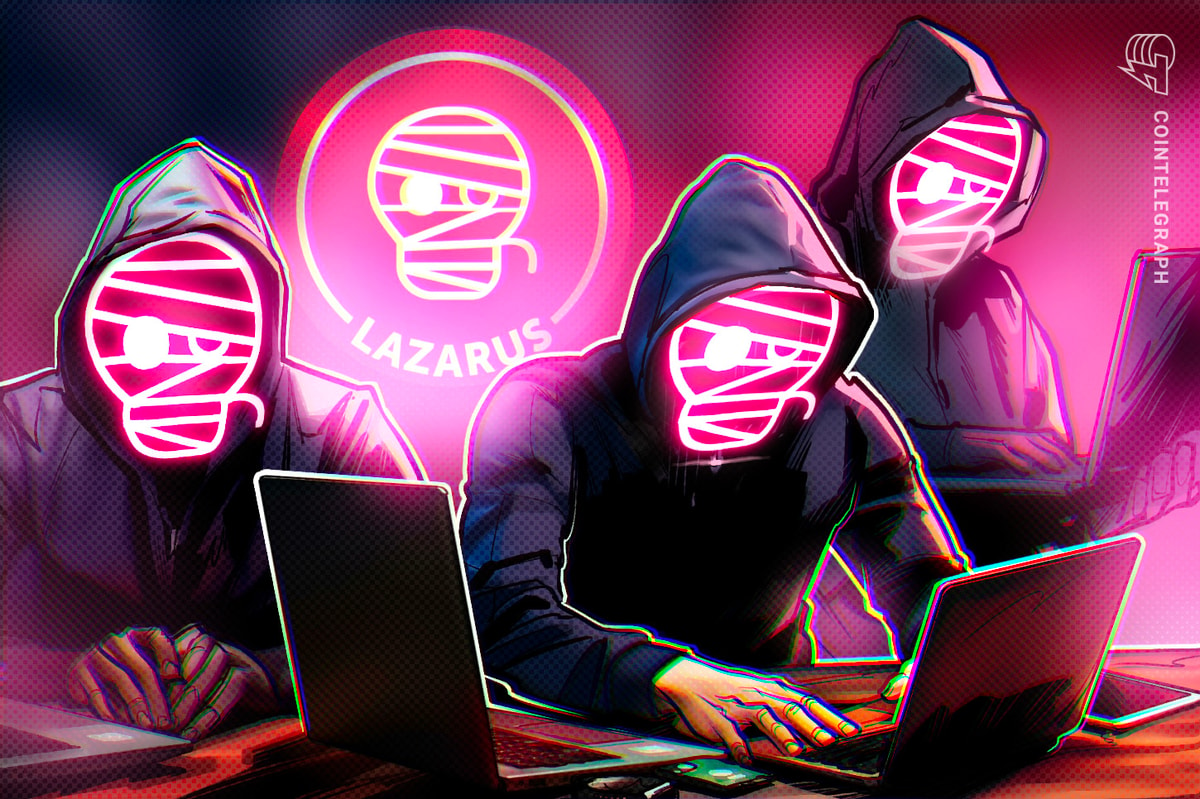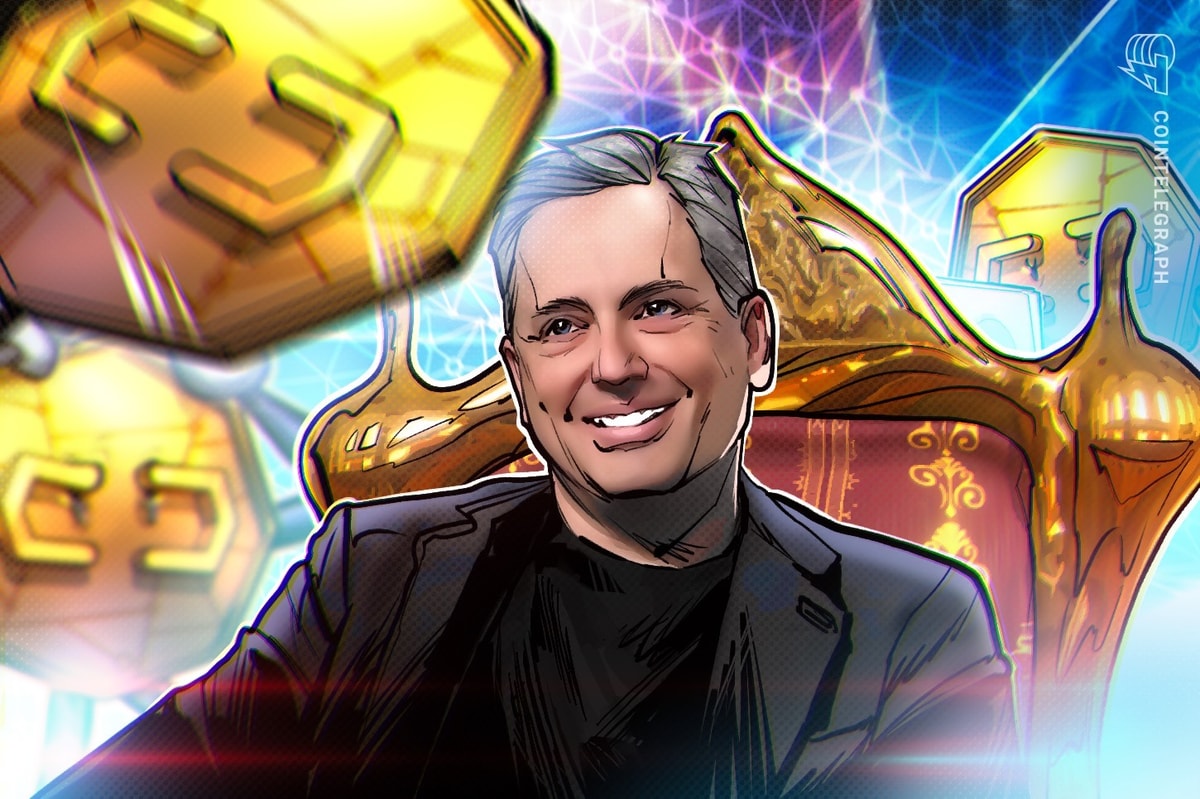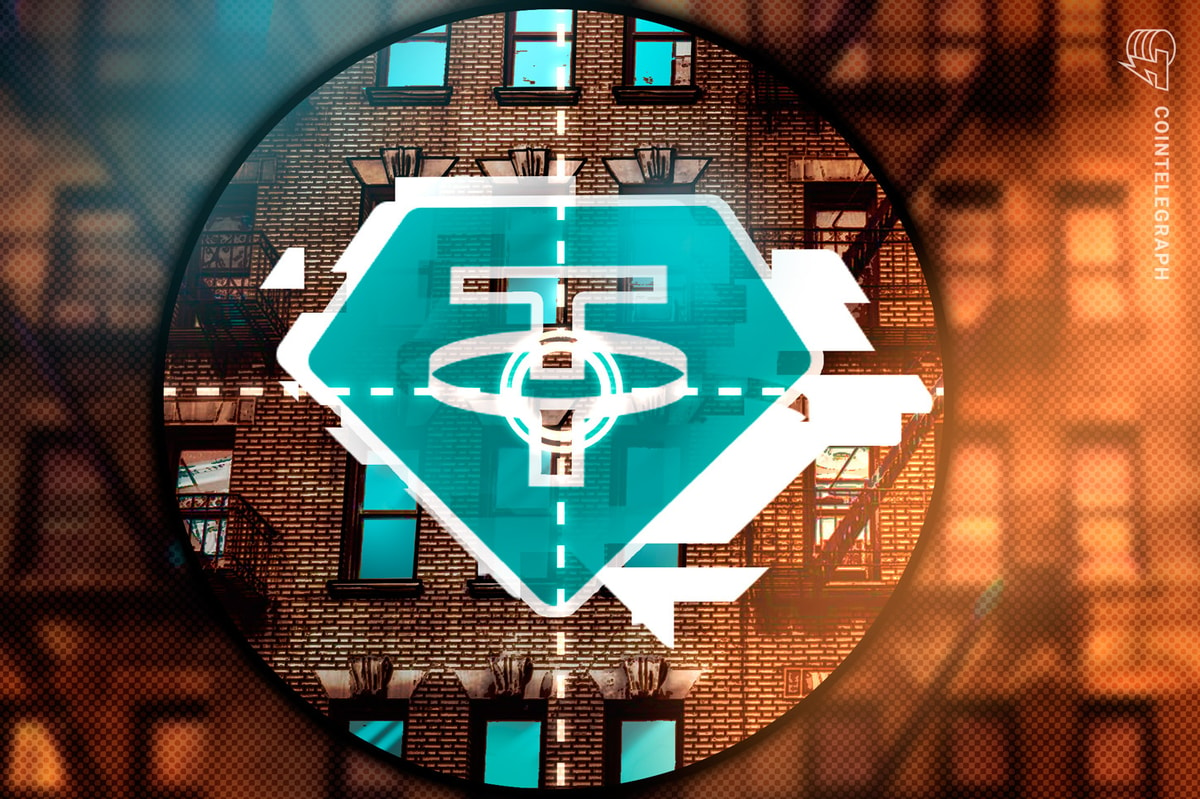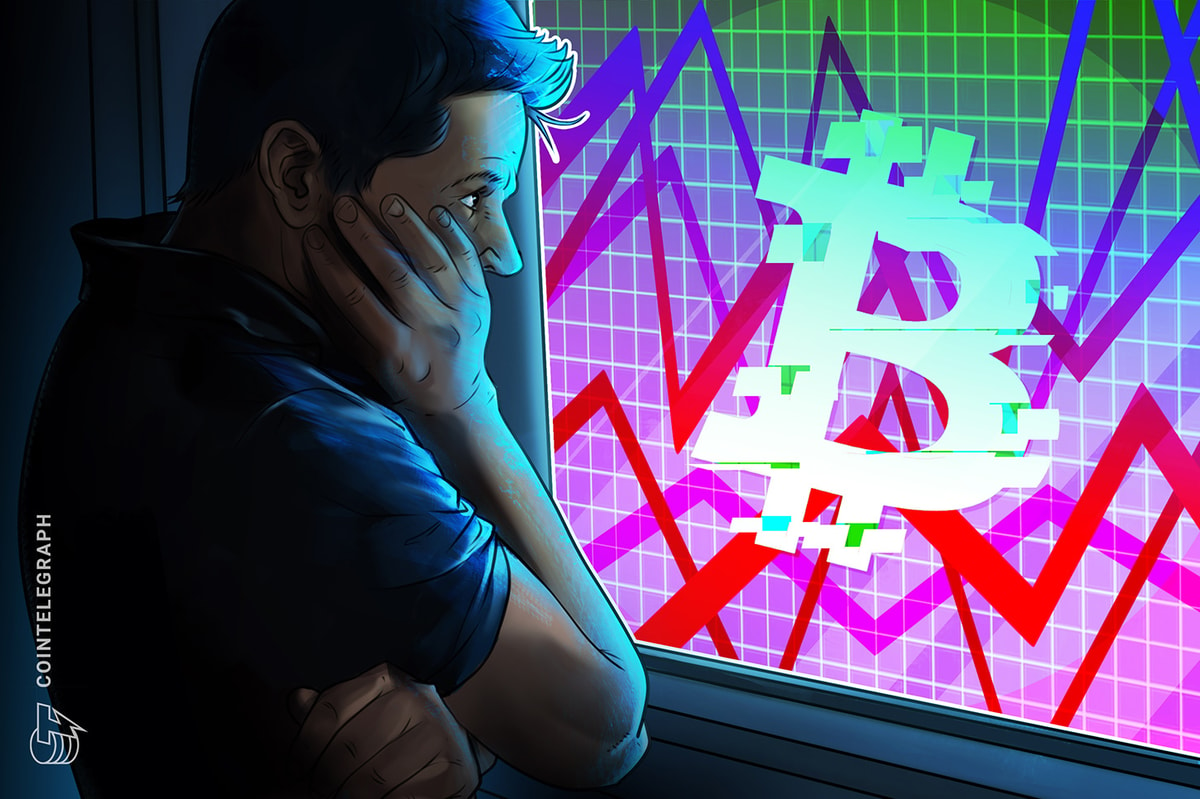How to stop your crypto community from imploding – Cointelegraph Magazine
8 min read
Crypto communities can often implode, despite the best intentions of everyone involved.
Genuine communities with plausible but convoluted project ideas can fail just as easily as projects like DeFi Wonderland, which imploded because of its CFO’s connection to the controversial, defunct Canadian exchange QuadrigaCX.
Plausible projects face scaling challenges like Zilliqa or project management problems like Bitcoin Diamond… or simply run out of money like any startup. So, they need a strong and well-coordinated community to ensure they can survive if and when things go wrong.
So, what can be done to help create a healthy community that pulls together to achieve its objectives? Here are some reflections from founders and community managers.
But for starters what even is a crypto “community?”
What even is a crypto community?
“There’s a lot of moving parts to a community. There’s no one way to define a community in crypto,” says Jett Nathan, community organizer for the Perion gaming DAO.
“The types of community have a lot to do with a project. Different crypto initiatives also behave differently whether it be DeFi or NFTs.” As a pro-gaming team, what gels Perion’s DAO together is clear: “members trying to become pro gamers or learning to be programmers.”
Being part of a community is more than transactional. Owning a coin does not make you a community member. Investor communities want their horse to win, so Twitter feedback loops can make project builds opaque and unrealistic. A project needs to create a digestible story for a community to hold dear. However, the needs of a project and the needs of the community may differ.
Within the community, traders and true believers are different, too. Traders are obviously incentivized to be passionate about their holdings, as attracting further investors helps their hip pockets. But true believers genuinely have faith in the story, the mission. So, a community can be a pack of wolves or an altruistic group of saints, depending on the narrative.
Founders and project community managers have to play nice and keep these diverse groups in check.
Try things out but pick a clear direction
Another common challenge for DAOs is a lack of strategy. Exploring all paths simultaneously is too expensive. “You can’t go off vision alone — you should be somewhat specific in the path to get there,” he says. For example, Uniswap is establishing a foundation to drive the product, and MakerDAO is now engaged in some heavy debates on how to determine a consistent path forward, says Fartunov.
A lack of clearly communicated strategy is the problem. “If you have several hypotheses of a first use case, early on, test a few. But ultimately, you must commit the organization to a first use case. Experimentation is important, but there is an organizational limit to the number of experiments you can run in parallel before the vision for the organization gets clouded.”
“But a strategy that is clear can be a self-filtering mechanism for divergent stakeholders.
Work out who has skills
Projects should also vet contributors in terms of reputation and credentials, says Fartunov. There is a lot of promising work around on-chain reputation and verified credentials, but that will take some time to become functionally useful, he says.
He suggests projects start with contributor bounties to identify the skills of a contributor. Then empower them to take on larger workstreams. “Organizations scale at the speed of trust, but trust takes time to build; ultimately, you need a credentialing filter to accelerate.”
“You can use GitHub to vet developers, but outside of that, the system is broken. This maybe explains why so many people are on Twitter being thought leaders — it’s the only way to signal relevant skills and expertise outside your immediate network.”
Community management is “all about touch points”
Nick Saponaro founded Divi Project in August 2017 as a 23-year-old just as the ICO boom was beginning to end and “the term ICO was poisoned by then.” In those days, Discord communities were in Slack, and “you could advertise on Google and Facebook, which is no longer legal for decentralized projects.” Their product is a one-click masternode, a blockchain-based passive income yield tool.
He says there is no way to get any particular person to pay attention to most posts on the community’s Discord. Every person has a different agenda, and for most people, it’s purely monetary gain.
So, community building is “all about touch points. Find many ways to connect and explain.”
Saponaro has built a community over five years, and he argues the reason why his Divi Project has lasted is because of its consistent philosophy and modest capital raise of $2 million in late 2017. That has kept his community relatively rational.
“There aren’t many coin-flipping degens in our community. To an extent, that’s our mistake — we are too rational of a community. Degens create hype and exposure but also drop off the fastest. We don’t want to ruin our cool culture.”
Read also
That culture involves much grassroots activity, such as outreach programs like teaching technical skills in Mexico and charitable food deliveries in the Philippines.
Building a community should be “totally organic.” It’s a simple formula of delivering a good product after a token sale, he now thinks. Saponaro makes a point to get to know and meet people in the community. “It’s ironic, but the most important thing is building trust with the community.” The crypto personality cult circus means the community needs to see the faces behind the names.
And there are “wholesome moments” like meeting grandparent retirees – real Nebraska farmers who run Divi masternodes during the winter when there are no crops. And he went to literally his first-ever Texas rodeo with people in the Divi community.
There are still inflection points, though. “Five years running a project in crypto will see some crazy stuff. Employees go rogue; people will dump a coin,” Saponaro tells Magazine.
Motivations within a community can be complex. “Trolls are very entertaining. One person in our community gets off on saying constantly aggressive things to get a rise of people. Let’s call him ’Steve’ – he’s supportive then he’s not – in a bipolar way. He spreads FUD, but then continues to support the project. We believe he is adding to his position.”
Saponaro notes that community management can be funny and strange, too. “These trolls with a financial incentive are very different kinds of trolls. They create multiple accounts, then go on Twitter and have a conversation with themselves. We are convinced by their use of language and tone of voice that they are talking to themselves on Twitter. It’s kind of funny.”
“They are ideological people who can’t see anything besides their own agenda.
Amplify the NFT champions
NFT communities are very different, and you have to own one of a collection to join. Amanda Gadbow, head of culture and community at Proof, suggests that “an NFT community depends on entry or timeline – mint and right after mint. There’s a lot of euphoria about what the project brings can be monetary value or connections, so much to be said of psychology, or where does this take me? Is this the next Bored Ape?”
But euphoria diminishes quickly. In the beginning, everyone is super excited to be there, but soon enough, “people need to decide if they are in it for the long haul – a community is formed later when a group of people gets together with the same goals.”
Gadbow was in charge of communications and emergency management for the City of Pasadena in California until earlier this year. Real-world community building translated well to building crypto communities, and her previous role proved the right training for when things go wrong. “We dealt with crazy storms, worked around the clock, so I don’t stress out or freeze — I can think on my feet,” she says.
She was also a stock investor, and while she was on maternity leave in 2019–2020, she was trading options constantly while getting information from social media. Then she started in NFTs. She says there was more psychology behind trading NFTs, which required now spending all day on Twitter and Discord.
Subscribe
The most engaging reads in blockchain. Delivered once a
week.
“I started realizing that I had the background for an NFT community team. I was incredibly passionate about community building, communications and Web3: the three critical components of a successful community manager.”
There is, however, a trade-off between community health and current NFT prices – and a clear correlation between the size and activity of an NFT community and the floor price. So, she says that managing expectations is the key to helping the community move from something based on speculation to something more sustainable.
“There are so many aspects. Ultimately, it is the activity of a community that makes someone want to buy an NFT and brings people in with a cascading effect,” opines Gadbow.
Proof is an interesting story. It is a flagship members-only NFT group involved with drops like Moonbirds, Oddities, Grails and others. The collective is unique in that access to online investing guru Kevin Rose was a selling point of the NFT collections. Gadbow says that while Rose’s personality cult helped sales, building as a small community first before each NFT range helped organically expand the community.
“The small community then expanded as demand grew externally. This is the smart way to do it. It’s kind of a road map for everyone else. Find the smaller champions needed to prove yourself as a project.
Champion the community champions then. “There’s the idea that the company works for you. Community managers need to cultivate a long-term mentality for NFTs as a tool for a built-in, engaged network. Amplify the champions who provide nuanced perspectives rather than those who just fear.”
“Communication needs to be pointed and considered during this experimental phase – in 10 years, we won’t be able to experiment as much.”
“To retain that community day in, day out, answer questions and remain accountable to the group. The perception of availability of founders and core team matters,” says Zolciak.
Finally, Zolciak says the healthiest community is when a newbie who asks genuine questions is assisted by random community members, which helps encourage them to stick around.
“This is how you stop the community from imploding. Founders keep showing up until others step in. It’s like any other relationship: care for it on a daily or weekly basis. Be transparent and caring — then I don’t see how a community can implode.”
Read also





